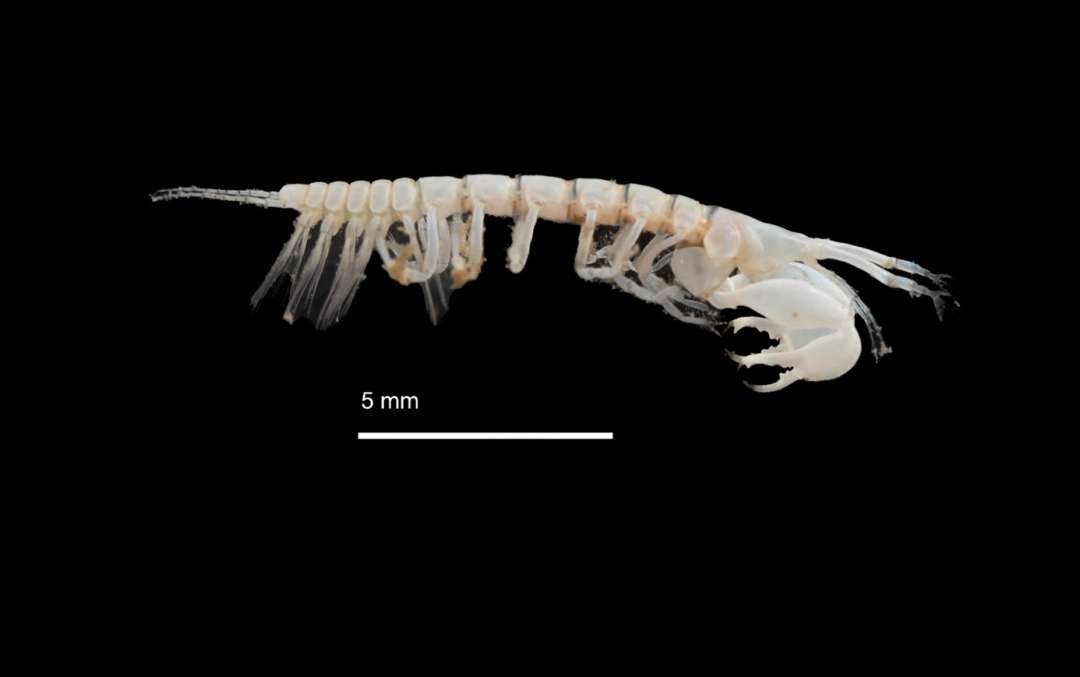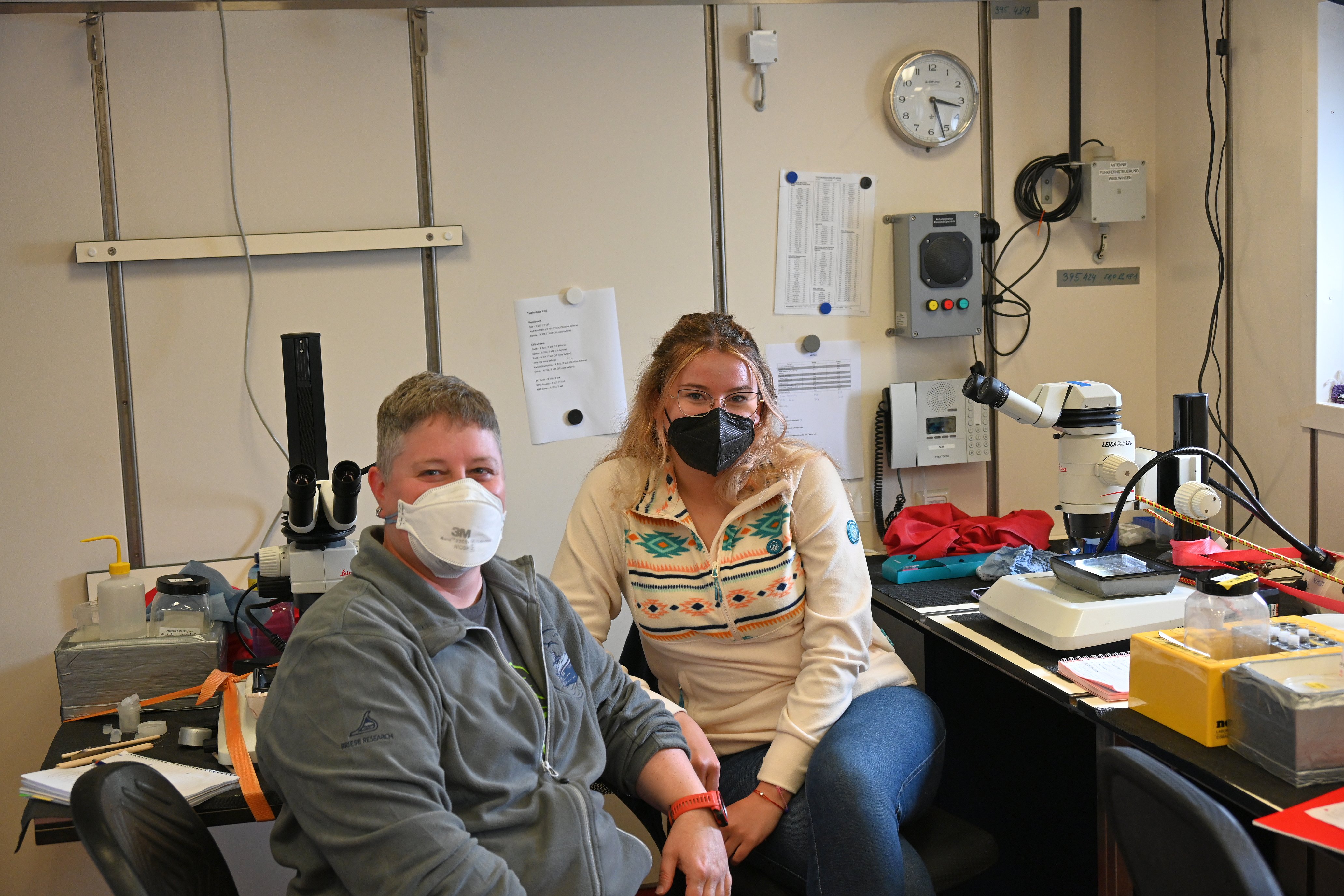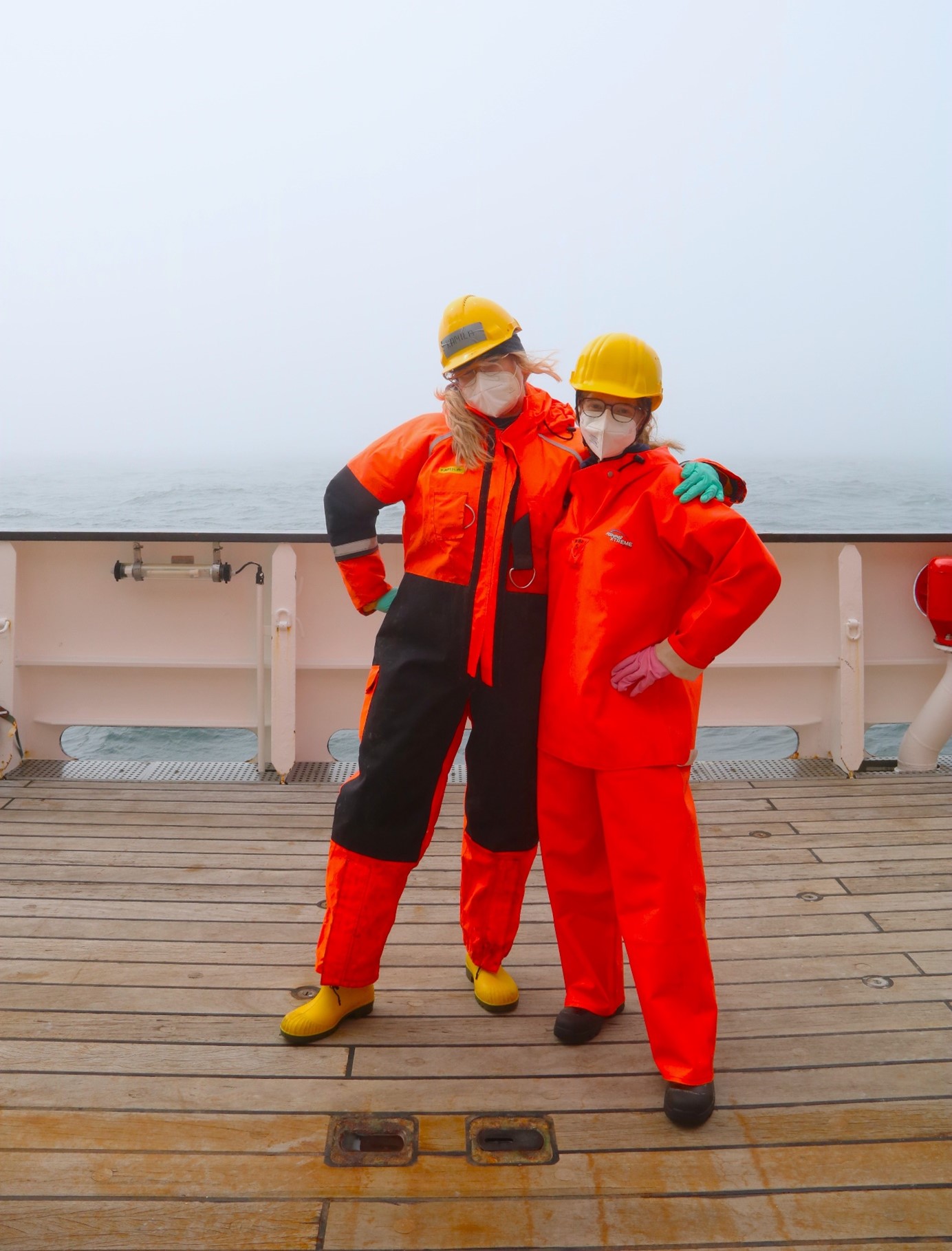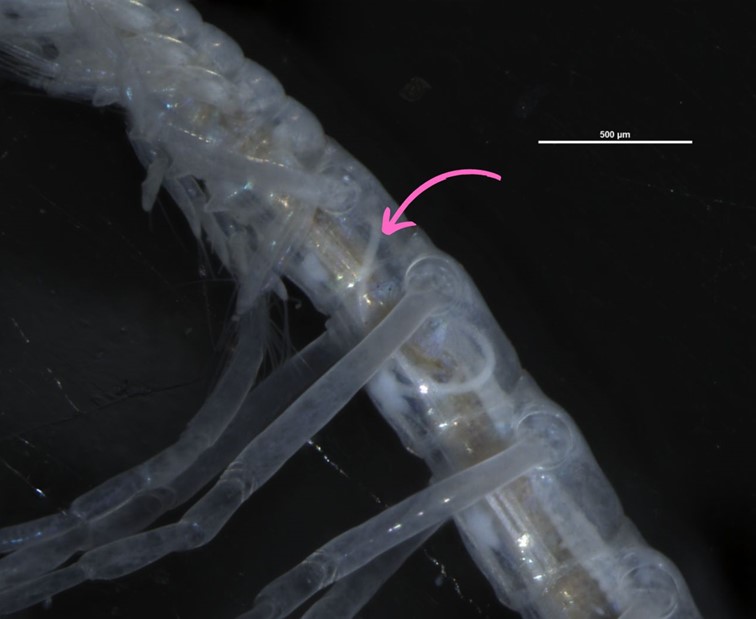Tanaidacea – mysterious creatures from the deepest parts of ocean
A scientific expedition involves a wide range of emotions from excitement to stress for everyone, including experienced scientists. The AleutBio expedition – my first ever scientific cruise, which began just a few days after defending my bachelor thesis, is like a roller coaster ride. This is what is really happened to me! My name is Kamila Głuchowska, and I am a student of biology at the Faculty of Biology and Environmental Protection at the University of Lodz (Poland).
Starting from the beginning… a few months ago, my supervisor, Prof. Magdalena Błażewicz, was asked to send one representative of her team for the AleutBio expedition, and she decided to give me this wonderful opportunity! When I was preparing for the bachelor-degree exam at the end of June, I was also preparing for participating in this cruise. These emotions gave me sleepless nights. To sort my mind out, several weeks before my departure, I made a list of what I should take with me to be sure that I am well prepared for this unusual trip. The most important thing, however, was a notebook with notes about crustaceans I work with — Tanaidacea.
Tanaids (Tanaidacea) are crustaceans living in a large variety of marine benthic habitats. Their body size usually ranges from 1 to 3 mm. They belong to the superorder Peracarida which means the female develops abrood pouch (marsupium) on the ventral side of her body, where the eggs are held and develop until the juveniles (called manca) are ready to live independently. One might ask, what is so special about small crustaceans from the deep sea? For me, the most fascinating is that Tanaidacea are among the least known crustaceans in the world. Therefore, studying them is just like exploring an unknown planet outside our solar system. So far, 1500 species have been described, which represent only a small fragment of that what lives in the global ocean. This also means that most tanaids are still not known to science, and reamin mysteries to the scientific world! Thanks to expeditions such as AleutBio, I have an opportunity to research the diversity and phylogeography of these fascinating animals.
One of my tasks during the cruise is to sort animals found in the benthic samples. All the tanaids found in the samples are picked out into separate vials, and then I identify them to family or genus level. The results of this work will be used to present some preliminary results by the end of the cruise. However, more thorough taxonomic and phylogenetic research will be completed in the Department of Invertebrate Zoology and Hydrobiology at University of Lodz (Poland), under the supervision of Prof. Magdalena Błażewicz and with help from my experienced colleagues: Ola Jakiel, Emma Thiel Palacios, Inma Frutos, Ania Stępień, Marta Gellert.
The study of each tanaid specimen is a big joy for me, but there are moments when the happiness turns into vivid excitement. One such moment happened a few days ago, when I noticed a parasite inside the body of Neotanaid, the member of the true deep-sea family! It is amazing that such small creatures living thousands of meters below the surface suffer from the parasites (photo 4).
Tanaidacea build mucous tubes, in which they live, feed, grow and reproduce. These tubes are encrusted with sand grains, glued on with a secretion produced by glands located on three first three pereonites of the animal. The tubes can be brittle and delicate and are most often destroyed during sampling or processing of the samples onboard. Therefore, it is very exciting to see a tanaid inside the tube, especially to see a tanaid with eggs inside the tube! (photo 5).
Sampling the Bering Sea and the Aleutian Trench area is of great importance to the scientific world. So far we have had a limited amount of data on this area. In addition, thanks to this and previous expeditions, we can compare the fauna of different ocean basins or the differences in biodiversity between (for example) the Kuril-Kamchatka and Aleutian Trench. I believe that a better understanding of the organisms that inhabit the deep sea will allow us to work out ways to protect the ocean from the harmful effects of human activity.
Working on the board RV Sonne along with the fantastic scientific crew and studying the group of animals I like the most is like the best dream. Every day is exciting, and every day increases me new knowledge. I wish this dream would last forever!
Sending warm wishes from the cold edge of the world.
Kamila Głuchowska




